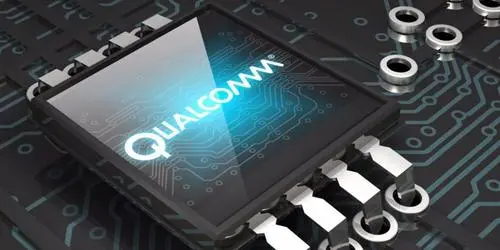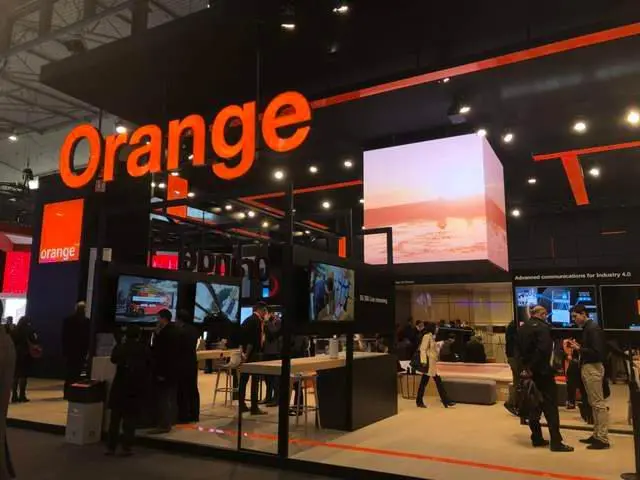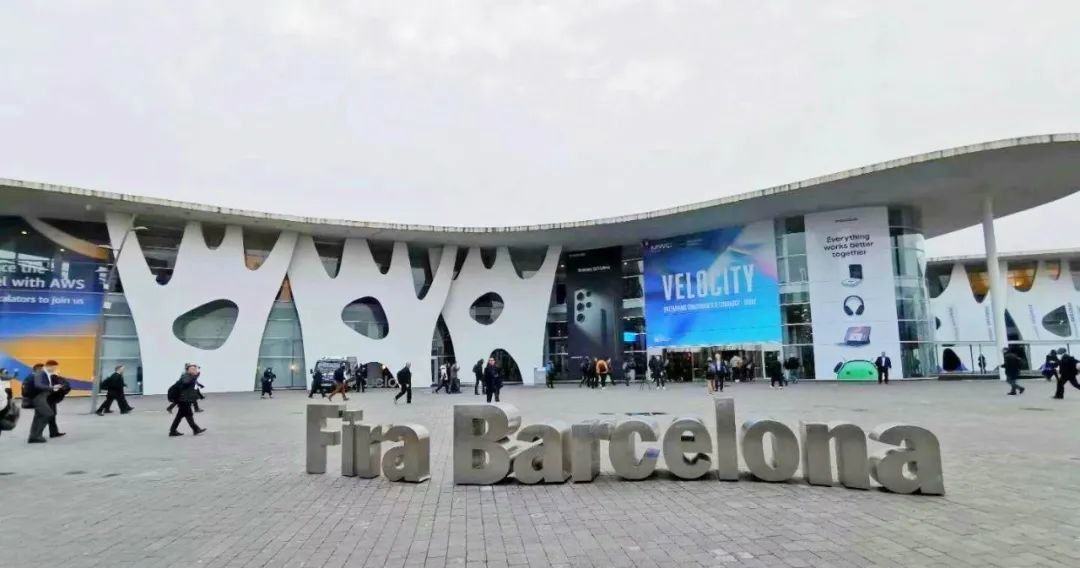MWC23 demonstrated 5G’s growing maturity, especially in pioneer markets, such as China, South Korea and the US, where the technology has now attained mass market adoption. In these markets, the conversation has shifted from consumer adoption to accelerating 5G standalone deployment and unlocking new features of 5G, including those to come with 5G-Advanced. Meanwhile, a second wave of 5G momentum has now begun, led by Brazil, India and Indonesia. These markets will help take the total number of 5G connections globally to 1.5 billion by the end of this year (GSMA Intelligence).
These views begin to paint a picture of what the 5G era in Africa could look like as well as the enabling factors, as we highlight below:
4G will coexist with 5G for the foreseeable future – 4G adoption still growing and with significant unused 4G capacity, operators will focus in the near term will be on increasing 4G uptake. 4G adoption in Africa will continue to rise, reaching 46% in 2030 (GSMA Intelligence). For context, global 4G adoption peaked at 60% in 2022 and is now falling. As such, initial 5G deployments will be on a 4G core and targeted at eMBB (enhanced mobile broadband) connectivity for the consumer market.
FWA is an important 5G use can in Africa – In addition to eMBB, FWA (fixed wireless access) will be an important 5G use case in Africa. FWA particular will benefit from the poor fixed-line infrastructure in Africa and could emerge as the primary form of fixed connectivity to homes and businesses across the region. GSMA Intelligence research shows that around a third of 5G commercial mobile launches in Africa include a 5G FWA offering – a relatively high proportion at this early point in the generational cycle.
Device costs need to come down further – 4G adoption was largely held back by device affordability, and the impact of the same on 5G could be significant. 5G devices are usually the biggest cost factor for consumers, given that 5G upgrades are offered at little or no premium in most cases. 5G-ready handsets are now available for as low as $150 in some markets, but this remains prohibitive for most consumers in Africa, especially if they have to pay for the device upfront. That said, the rollout of 5G in large, developing markets with similar income levels to countries in Africa (e.g. India and Indonesia) could further incentivise the mass production of more affordable devices, while financing solutions could also help to offset the impact of prohibitive upfront costs.
Timely access to the right amount of spectrum is essential – the importance of spectrum across different (low, mid, and high) bands cannot ne underestimated. Here, the message to regulators is clear: make available 100 MHz of contiguous spectrum per operator in prime 5G mid-bands (e.g. 3.5 GHz). Lower bands (below 1 GHz) are also required to provide wide-area capacity and ensure that 5G reaches everyone. Meanwhile, GSMA research shows that as demand increases, a total of around 2 GHz of mid-band spectrum will be required for 5G per country, on average, by 2030. A number of frequency ranges have the potential to help support future mid-band needs, including the 3.5 GHz range (3.3–4.2 GHz), and 4.8 GHz and 6 GHz bands. Beyond spectrum availability, the cost of spectrum also has a major impact on network deployment and access costs for consumers.
Infrastructure sharing is vital for cost-effective deployment – Infrastructure sharing is not new in Africa, but it’s role in the 5G era will be even more significant for keeping costs down and accelerating rollout in the context of 5G’s densification requirements. It is important that regulators recognise this opportunity and offer a reasonable expectation of approval for
voluntary network sharing deals as well as simplify planning procedures and regulations forsite acquisition, colocation and upgrades of base stations.
In an article I wrote for the African Business magazine in 2020, I argued that when the time is right, Africa would learn from the experiences of the 5G early movers and benefit from proven technologies and the economies of scale in devices and network equipment. That time is now, with various new solutions from vendors (e.g Huawei and Qualcomm) reflecting many years of experience and learnings from advanced markets. The maturity of the 5G ecosystem, as evidenced by cheaper and more widely available devices, and innovative network deployment solutions, bode well for Africa’s 5G outlook.
 The CEO from UK IoT Connectivity Company Visit Xiamen Honlly for Industrial Router/Mini PC/5G Router Business
The CEO from UK IoT Connectivity Company Visit Xiamen Honlly for Industrial Router/Mini PC/5G Router Business
 Mobile phone routers are prices? WiFi chip prices have quadrupled.
Mobile phone routers are prices? WiFi chip prices have quadrupled.
 Africa Launch the first 5G network
Africa Launch the first 5G network
 MWC 2023, Playing Variation of Operators’ Energy
MWC 2023, Playing Variation of Operators’ Energy